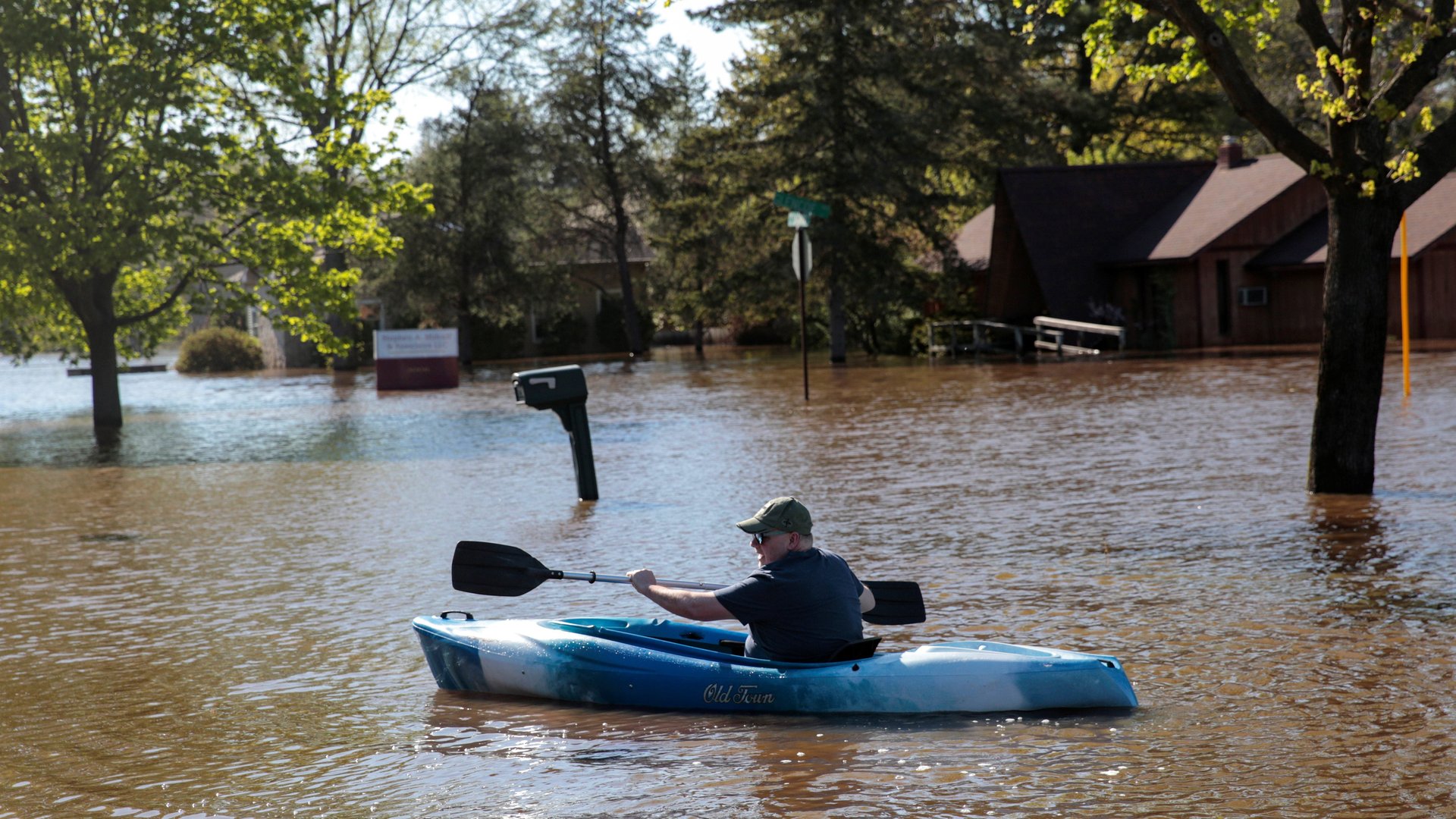Home buyers in these US counties could see their flood insurance skyrocket
The US federal flood insurance program is underwater—and as president Joe Biden tries to bail it out, millions of homeowners could find themselves swimming through much higher premiums.


The US federal flood insurance program is underwater—and as president Joe Biden tries to bail it out, millions of homeowners could find themselves swimming through much higher premiums.
That’s the central warning of a new report from the research group First Street, which produces some of the country’s best data on flood risk and the insurance market. The National Flood Insurance Program, which offers low-cost insurance to all homeowners and is required for those with federally backed mortgages in designated high-risk zones, is supposed to pay for itself through premiums. From its creation in 1968 until the mid-2000s, it usually did. But the program began to run out of money as flood-related damages on the coasts and in inland river basins have escalated in the last decade due to climate change and urban development in risky areas. Today, it’s more than $20 billion in debt.
The situation is only worsening as risk grows, while premiums stay stuck stubbornly low. According to the report, 4.3 million homes in the US face “substantial” flood risk, meaning a one percent chance of flooding of more than one centimeter in any given year. Those damages are projected to amount to $20 billion on average this year, according to the report, and rise over time; in order for the NFIP to cover today’s bill, premiums would need to more than quadruple.
The government isn’t on the hook for that much, because only about one-third of homes in high-risk flood zones actually purchase NFIP insurance, said Jeremy Porter, First Street’s director of research (others purchase it from private insurers or not at all). But the research illustrates the government’s total risk exposure if it were to help more homeowners bear the costs of living on the front lines of climate change.
The report offers a uniquely granular view of which counties would warrant higher premiums if the Federal Emergency Management Agency (FEMA), which is set to announce new NFIP rates on April 1, decides to take a more realistic view of risk. And it begs a thorny ethical question: Should the government continue to bail out homeowners in high-risk zones, or adjust rates in a way that could ultimately discourage people from living there?
The counties with the biggest gap between average premiums and actual expected damages are concentrated on the West Coast, especially ritzy communities with high property values like Bainbridge Island, Wash., and Malibu, Calif. Appalachia, where river flooding has become a growing threat, sees a high degree of misalignment.
No matter what FEMA decides to do, rates won’t jump into the stratosphere overnight for homeowners with existing policies, because federal law limits annual increases to 18%. The administration has not yet said anything about what those changes will look like, but it’s likely that they will incorporate a more realistic view of climate change projections. That could dramatically drive up rates for new policies, which in turn could drive down property values. Low-income households, which are disproportionately concentrated in high-flood-risk areas, stand to lose the most from rate recalibration, although the government could choose to subsidize those households—while holding middle- and upper-income households more accountable for the full risk.